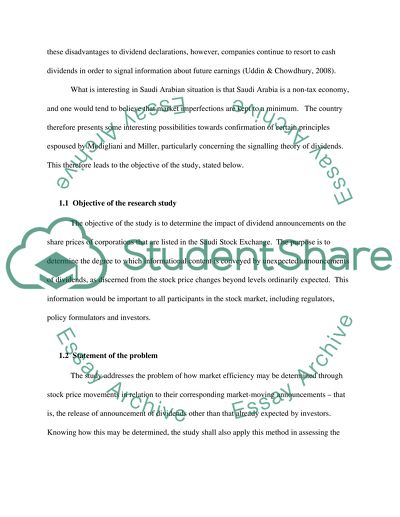Cite this document
(“Impact of Announcing Dividends on Share Prices of Corporations Listed Dissertation”, n.d.)
Retrieved from https://studentshare.org/gender-sexual-studies/1411595-impact-of-announcing-dividends-on-share-prices-of
Retrieved from https://studentshare.org/gender-sexual-studies/1411595-impact-of-announcing-dividends-on-share-prices-of
(Impact of Announcing Dividends on Share Prices of Corporations Listed Dissertation)
https://studentshare.org/gender-sexual-studies/1411595-impact-of-announcing-dividends-on-share-prices-of.
https://studentshare.org/gender-sexual-studies/1411595-impact-of-announcing-dividends-on-share-prices-of.
“Impact of Announcing Dividends on Share Prices of Corporations Listed Dissertation”, n.d. https://studentshare.org/gender-sexual-studies/1411595-impact-of-announcing-dividends-on-share-prices-of.


